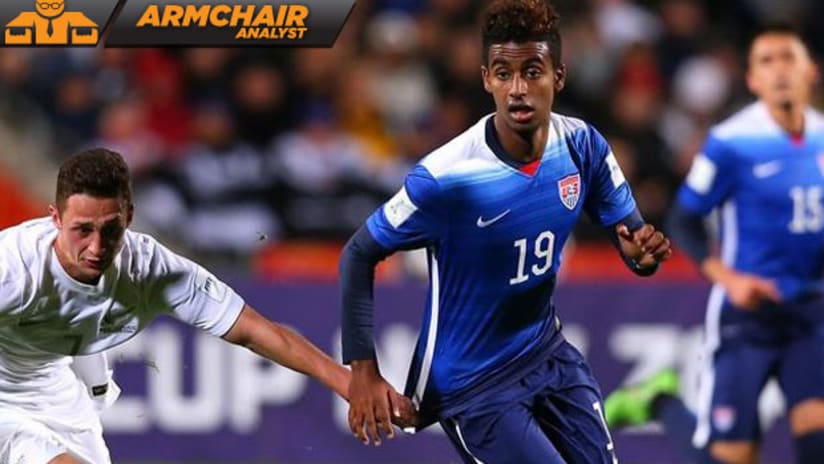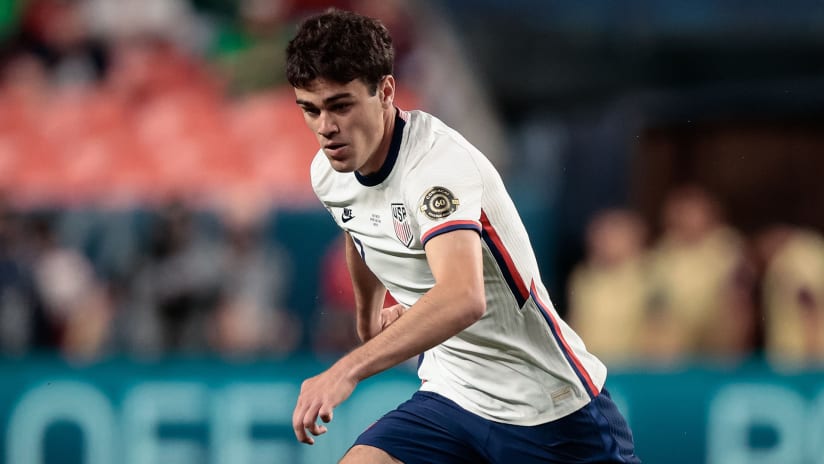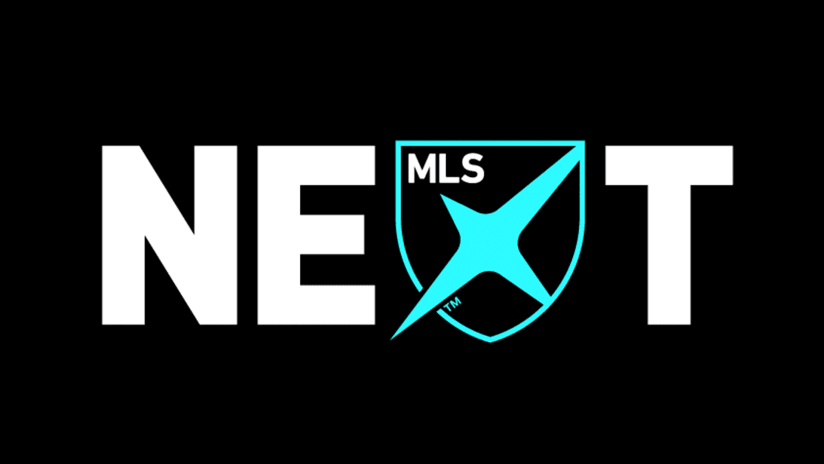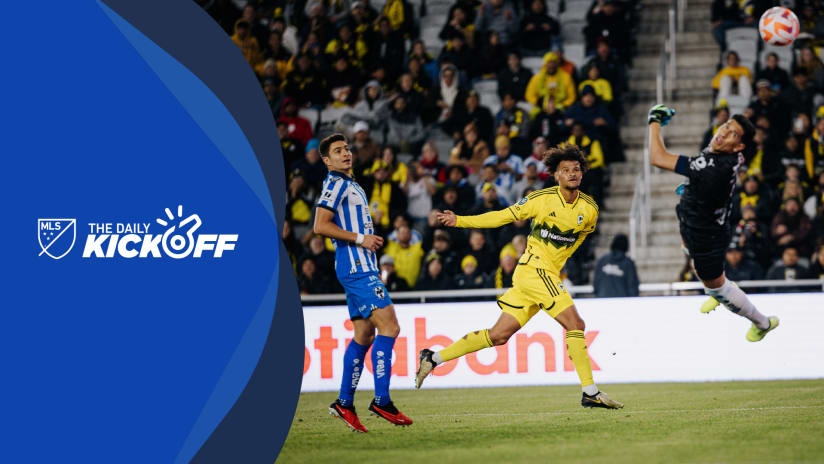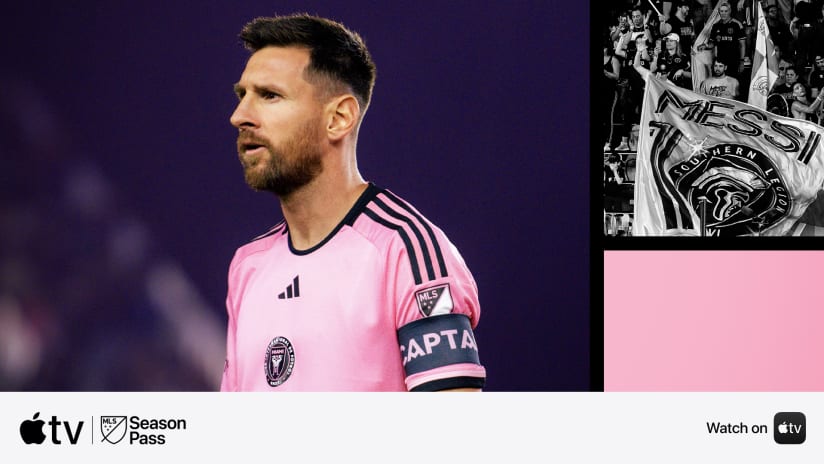So if you're a US fan, you're probably working your way through the stages of grief after last night's heartbreaking U-20 national team loss to Serbia in the quarterfinals of the World Cup.
You're taking heart from the fact that Zack Steffen looks like a shot-stopping monster; you're raging at the decision of several players to take stutter-step PKs; you're mystified that Emerson Hyndman and Gedion Zelalem, so reliable and incisive earlier in the tournament, disappeared into 120 minutes of idea-less passivity. And you're hopeful that, despite the disappointing ending, there's greater success on the way.
I can't promise you that said success will come for this group as a whole. There are obvious gaps in the talent pool that limits their ceiling.
But the good news is that players can and do improve. Jordan Morris was left off the last U-20 group, for example, while DeAndre Yedlin was added only at the last minute. And while I like this 2015 squad, I really, really like the 2011 group, which looks like this:
- GK:Zac MacMath ('91), Brian Sylvestre ('92)
- LB: Greg Garza ('91), Dylan Remick ('91)
- CB: Ventura Alvarado ('92), Steve Birnbaum ('91), Andrew Farrell ('92), Eriq Zavaleta ('92), Richie Marquez ('92)
- RB:London Woodberry ('91), Kofi Sarkodie ('91), Kevin Ellis ('91), Chris Duvall ('91)
- DM:Perry Kitchen ('92), Scott Caldwell ('91), Victor Ulloa ('92), Amobi Okugo ('91)
- CM:Harry Shipp ('91), Dillon Powers ('91), Sebastian Lletget ('92), Ben Speas ('91)
- WM:Kelyn Rowe ('91), Tommy McNamara ('91), Joe Gyau ('92), Ryan Hollingshead ('92)
- FWD: Bobby Wood ('92), Gyasi Zardes ('91), Juan Agudelo ('92), Patrick Mullins ('92), Jack McInerney ('92)
That's an amazing team! Every player I listed above is either playing significant, game-changing minutes with their club team, or is part of the US national team pool. The attacking talent in particular – Powers, Rowe, Gyau, Wood, Zardes, Agudelo! – must have scorched the earth in 2011, right?
Wrong. Most of those guys – including the entire central defense – didn't get a sniff. Harry Shipp has still never picked up the phone and heard someone from the national team program on the other end. Perry Kitchen was a central defender, and both Tommy McNamara and Dylan Remick were busy doing whatever it is Ivy League undergrads do (I'm told it's "math").
Some of these guys were identified early. Many more were not, and in 2011, the US U-20s lost in CONCACAF qualifying to Guatemala in one of the most miserable games I've ever had to witness. Yet that cohort – '91s and '92s – has stocked solid pro teams on two continents, and produced a handful of guys who just helped kick the crap out of Holland and Germany.
The best player on the field in both those games, by the way, was another US U-20 alum: Class of 2007's Michael Bradley. He's playing the best soccer of his life right now, which can give you an idea of how long it takes for talent to germinate.
It can also give you an idea of how MLS, NASL and USL have helped open up opportunities for kids who, in years past, would have fallen through the cracks. There will be fewer Steve Snows to mourn, and as teams get better at identifying and developing youth, the basic, bottom-line expectation will shift from just making the damn Youth World Cup to getting to the quarterfinals and beyond.
It's a process. A long one, that's subject to the whims – the strengths and weaknesses – of whoever happens to be the current coach. One tournament is but a data-point on a trendline continues to curve steadily upward.
So don't fret too much about last night. The book on this group of kids isn't even remotely closed, even if the first chapter had an unhappy ending.

